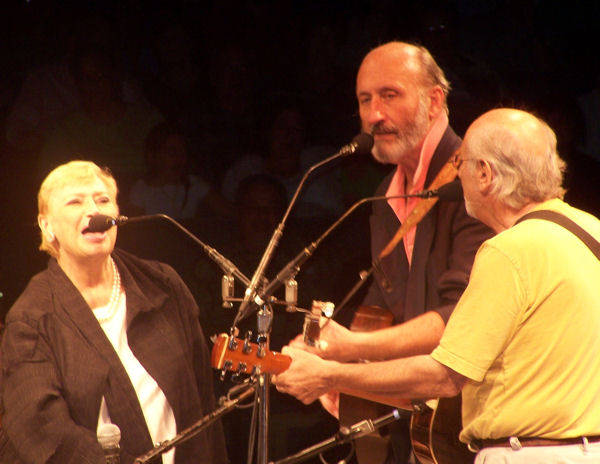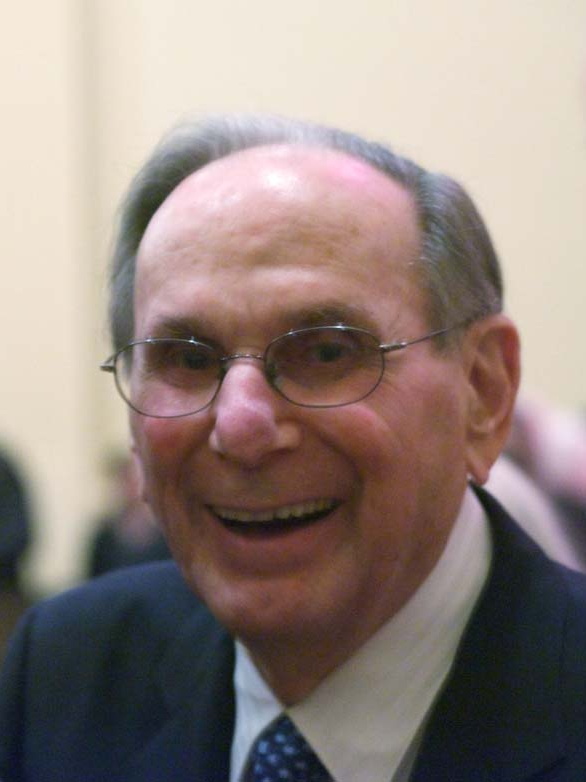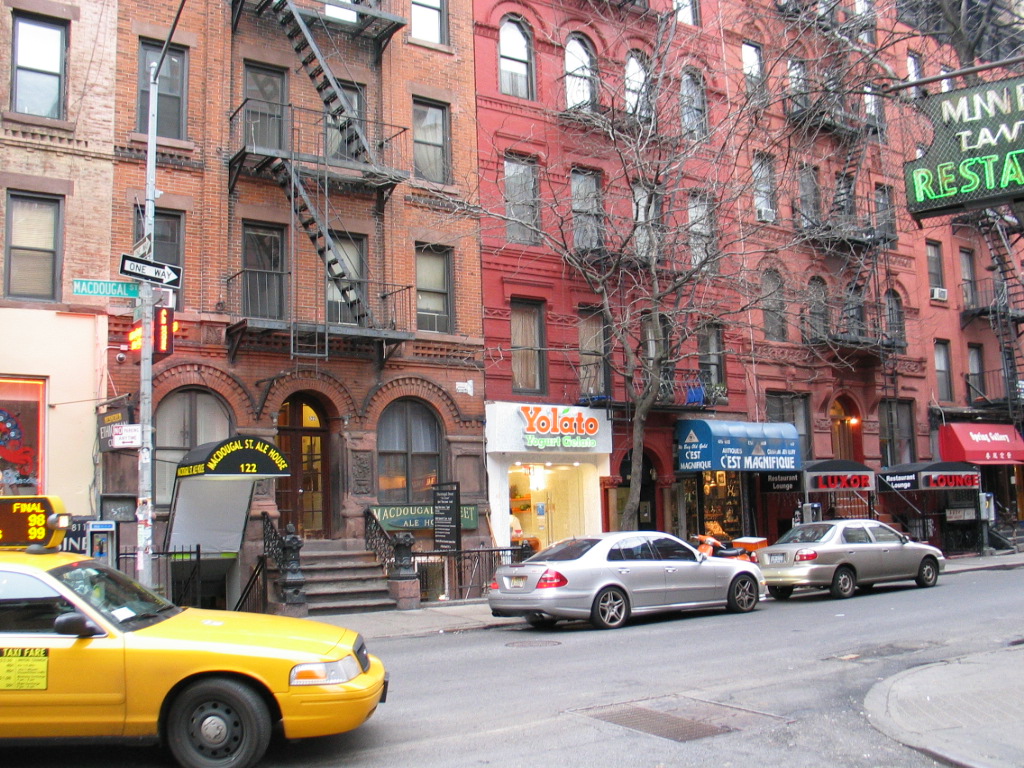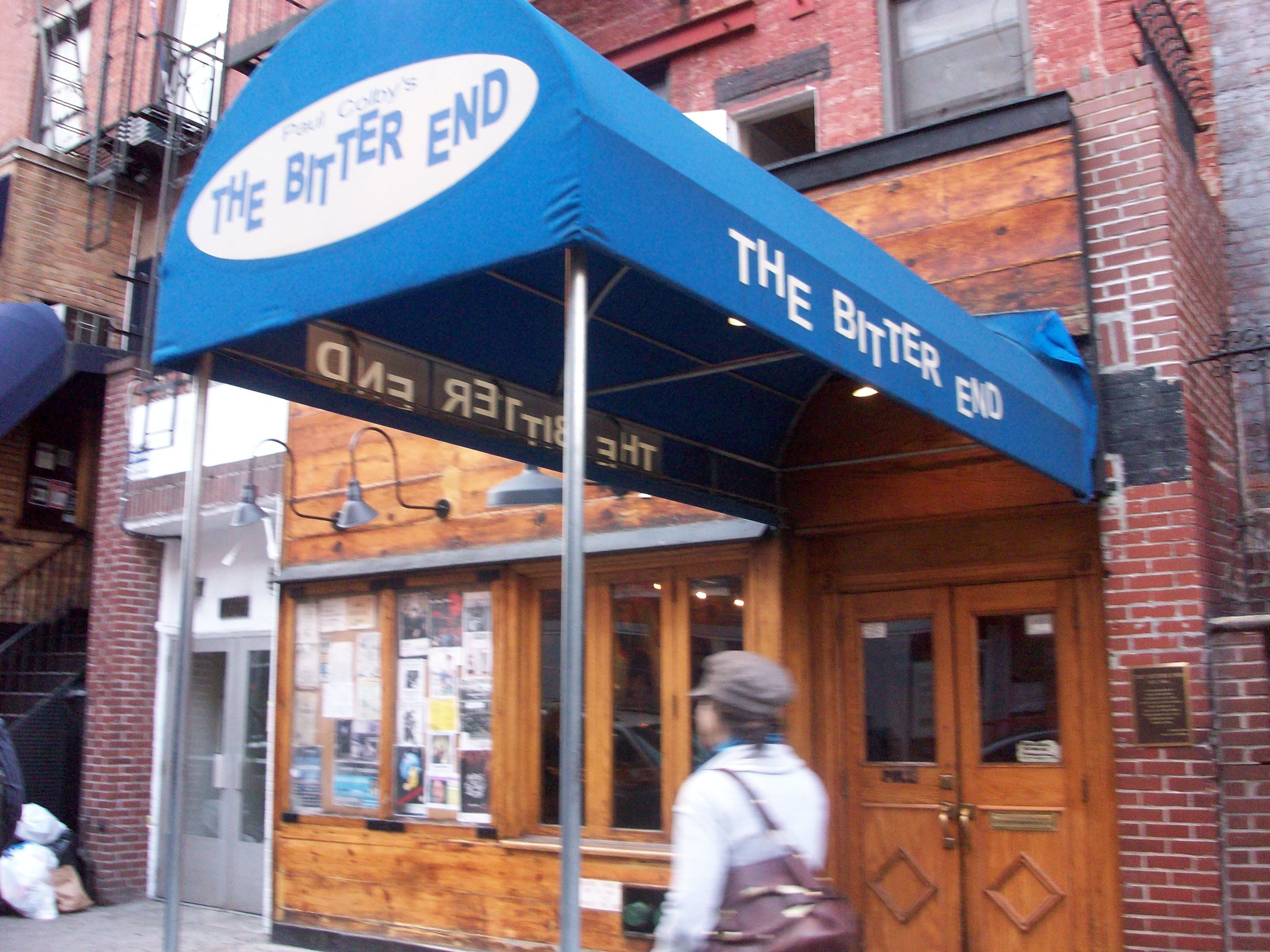|
Peter Paul And Mary
Peter, Paul and Mary was an American folk group formed in New York City in 1961 during the American folk music revival phenomenon. The trio consisted of tenor Peter Yarrow, baritone Paul Stookey, and contralto Mary Travers. The group's repertoire included songs written by Yarrow and Stookey, early songs by Bob Dylan, and covers of other folk musicians. They were enormously successful in the early- and mid-1960s, with their debut album topping the charts for weeks, and helped popularize the folk music revival. After the death of Travers in 2009, Yarrow and Stookey continued to perform as a duo under their individual names. Mary Travers said she was influenced by Woody Guthrie, Pete Seeger, and the Weavers. In the documentary ''Peter, Paul & Mary: Carry It On — A Musical Legacy'', members of the Weavers discuss how Peter, Paul and Mary took over the torch of the social commentary of folk music in the 1960s. The group was inducted into the Vocal Group Hall of Fame in 1999. Peter, ... [...More Info...] [...Related Items...] OR: [Wikipedia] [Google] [Baidu] |
New York City
New York, often called New York City or NYC, is the List of United States cities by population, most populous city in the United States. With a 2020 population of 8,804,190 distributed over , New York City is also the List of United States cities by population density, most densely populated major city in the United States, and is more than twice as populous as second-place Los Angeles. New York City lies at the southern tip of New York (state), New York State, and constitutes the geographical and demographic center of both the Northeast megalopolis and the New York metropolitan area, the largest metropolitan area in the world by urban area, urban landmass. With over 20.1 million people in its metropolitan statistical area and 23.5 million in its combined statistical area as of 2020, New York is one of the world's most populous Megacity, megacities, and over 58 million people live within of the city. New York City is a global city, global Culture of New ... [...More Info...] [...Related Items...] OR: [Wikipedia] [Google] [Baidu] |
Songwriters Hall Of Fame
The Songwriters Hall of Fame (SHOF) is an American institution founded in 1969 by songwriter Johnny Mercer, music publisher/songwriter Abe Olman, and publisher/executive Howie Richmond to honor those whose work, represent, and maintain, the heritage and legacy of a spectrum of the most beloved English language songs from the world's popular music songbook. It not only celebrates these established songwriters, but is also involved in the development of new English language songwriting talent through workshops, showcases, and scholarships. There are many programs designed to teach and discover new English language songwriters. Nile Rodgers serves as the organization's chairman. The Hall of Fame was formed in 1969, and in 2010, an exhibit was put on display online inside the Grammy Museum at L.A. Live in Los Angeles. The Hall has no permanent place of residence, and because the awards are not televised, there would be no other digital recording of the event for posterity. There ar ... [...More Info...] [...Related Items...] OR: [Wikipedia] [Google] [Baidu] |
Billboard Magazine
''Billboard'' (stylized as ''billboard'') is an American music and entertainment magazine published weekly by Penske Media Corporation. The magazine provides music charts, news, video, opinion, reviews, events, and style related to the music industry. Its music charts include the Hot 100, the 200, and the Global 200, tracking the most popular albums and songs in different genres of music. It also hosts events, owns a publishing firm, and operates several TV shows. ''Billboard'' was founded in 1894 by William Donaldson and James Hennegan as a trade publication for bill posters. Donaldson later acquired Hennegan's interest in 1900 for $500. In the early years of the 20th century, it covered the entertainment industry, such as circuses, fairs, and burlesque shows, and also created a mail service for travelling entertainers. ''Billboard'' began focusing more on the music industry as the jukebox, phonograph, and radio became commonplace. Many topics it covered were spun-off into ... [...More Info...] [...Related Items...] OR: [Wikipedia] [Google] [Baidu] |
Where Have All The Flowers Gone
"Where Have All the Flowers Gone?" is a modern folk music, folk-style song. Inspired lyrically by the traditional Cossacks, Cossack folk song "Koloda-Duda", Pete Seeger borrowed an Irish melody and the first three verses in 1955 and published it in ''Sing Out!'' magazine. Additional verses were added in May 1960 by Joe Hickerson, who turned it into a circular song. Its rhetorical "where?" and meditation on death place the song in the ''ubi sunt'' tradition. In 2010, the ''New Statesman'' listed it as one of the "Top 20 Political Songs". The 1964 release of the song as a Columbia Records Hall of Fame series 45 single, 13-33088, by Pete Seeger was inducted into the Grammy Hall of Fame in 2002 in the Folk category. Composition Seeger found inspiration for the song in October 1955 while he was on a plane bound for a concert at Oberlin College, one of the few venues which would hire him during the McCarthy era. Leafing through his notebook he saw the passage, "Where are the flowers, t ... [...More Info...] [...Related Items...] OR: [Wikipedia] [Google] [Baidu] |
If I Had A Hammer
"If I Had a Hammer (The Hammer Song)" is a protest song written by Pete Seeger and Lee Hays. It was written in 1949 in support of the Progressive movement, and was first recorded by the Weavers, a folk music quartet composed of Seeger, Hays, Ronnie Gilbert, and Fred Hellerman. It was a #10 hit for Peter, Paul and Mary in 1962 and then went to #3 a year later when recorded by Trini Lopez in 1963. The Weavers released the song under the title "The Hammer Song" as a 78 rpm single in March 1950 on Hootenanny Records, 101-A, backed with "Banks of Marble". Early versions The song was first performed publicly by Pete Seeger and Lee Hays on June 3, 1949, at St. Nicholas Arena in New York City at a testimonial dinner for the leaders of the Communist Party of the United States, who were then on trial in federal court, charged with violating the Smith Act by advocating the overthrow of the U.S. government. It was not particularly successful in commercial terms when it was first release ... [...More Info...] [...Related Items...] OR: [Wikipedia] [Google] [Baidu] |
500 Miles
"500 Miles" (also known as "500 Miles Away from Home" or "Railroaders' Lament") is a song made popular in the United States and Europe during the 1960s folk revival. The simple repetitive lyrics offer a lament by a traveler who is far from home, out of money and too ashamed to return. History The song is generally credited as being written by Hedy West,Blood, Peter and Annie Patterson (eds), ''Rise Up Singing'', Sing Out Corporation, Bethlehem, Pennsylvania , United States, 1992, p. 232Anderson, Yohann (ed), ''Songs'', Songs and Creations, Inc., San Anselmo, California, United States, 1983, p. 29 and a 1961 copyright is held by Atzal Music, Inc. "500 Miles" is West's "most anthologized song". Some recordings have also credited Curly Williams, or John Phillips as co-writers, although Phillips admitted he had only rearranged it and "didn't deserve the credit". David Neale writes that "500 Miles" may be related to the older folk song "900 Miles" (Roud 4959), which may itself have ... [...More Info...] [...Related Items...] OR: [Wikipedia] [Google] [Baidu] |
Lemon Tree (Will Holt Song)
"Lemon Tree" is a folk song written by Will Holt in the late 1950s. Inspired by a Brazilian song, ''Meu limão meu limoeiro'', originally written in 1930. Background The tune is based on the Brazilian folk song '' Meu limão, meu limoeiro'', arranged by José Carlos Burle in 1937 and made popular by Brazilian singer Wilson Simonal. The song compares love to a lemon tree: "Lemon tree very pretty, and the lemon flower is sweet, but the fruit of the poor lemon is impossible to eat." Trini Lopez recording In 1965, Trini Lopez recorded the most successful version of the song which hit number twenty on the ''Billboard'' Hot 100 and number two on the ''Billboard'' Middle Road Singles chart. “I remember meeting Trini Lopez,” Holt told ''Portland Magazine'' in 2013. “He was a sweet guy, really charming. I heard his version of ‘Lemon Tree,’ and I thought, that's another take of the song.” Other recorded versions The song has also been recorded by: *Peter, Paul and Mary (19 ... [...More Info...] [...Related Items...] OR: [Wikipedia] [Google] [Baidu] |
Peter, Paul And Mary (album)
''Peter, Paul and Mary'' is the debut Album#Studio, studio album by American folk trio Peter, Paul and Mary, released in May 1962 on Warner Bros. Records. in hitparade.ch Released in both mono and stereo on catalog no. 1449, it is one of the rare folk Number-one albums of 1962 (U.S.), albums to reach No. 1 in the US—staying for over a month. The lead-off singles "If I Had a Hammer" and "Lemon Tree (Will Holt song), Lemon Tree" reached numbers 10 and 35 respectively on the ''Billboard'' Pop Singles chart. It was the group's biggest selling studio album, eventually certified Double Platinum by the Recording Industry Association of America for U.S. sales of more than two million copies. The cover was photographed at The Bitter End in New York City. The album was reissued as 180 Gram vinyl in 2016 ... [...More Info...] [...Related Items...] OR: [Wikipedia] [Google] [Baidu] |
Greenwich Village
Greenwich Village ( , , ) is a neighborhood on the west side of Lower Manhattan in New York City, bounded by 14th Street to the north, Broadway to the east, Houston Street to the south, and the Hudson River to the west. Greenwich Village also contains several subsections, including the West Village west of Seventh Avenue and the Meatpacking District in the northwest corner of Greenwich Village. Its name comes from , Dutch for "Green District". In the 20th century, Greenwich Village was known as an artists' haven, the bohemian capital, the cradle of the modern LGBT movement, and the East Coast birthplace of both the Beat and '60s counterculture movements. Greenwich Village contains Washington Square Park, as well as two of New York City's private colleges, New York University (NYU) and The New School. Greenwich Village is part of Manhattan Community District 2, and is patrolled by the 6th Precinct of the New York City Police Department. Greenwich Village has underg ... [...More Info...] [...Related Items...] OR: [Wikipedia] [Google] [Baidu] |
Folk Music
Folk music is a music genre that includes traditional folk music and the contemporary genre that evolved from the former during the 20th-century folk revival. Some types of folk music may be called world music. Traditional folk music has been defined in several ways: as music transmitted orally, music with unknown composers, music that is played on traditional instruments, music about cultural or national identity, music that changes between generations (folk process), music associated with a people's folklore, or music performed by custom over a long period of time. It has been contrasted with commercial and classical styles. The term originated in the 19th century, but folk music extends beyond that. Starting in the mid-20th century, a new form of popular folk music evolved from traditional folk music. This process and period is called the (second) folk revival and reached a zenith in the 1960s. This form of music is sometimes called contemporary folk music or folk rev ... [...More Info...] [...Related Items...] OR: [Wikipedia] [Google] [Baidu] |
The Bitter End
The Bitter End is a 230-person capacity nightclub, coffeehouse and folk music venue in New York City's Greenwich Village. It opened in 1961 at 147 Bleecker Street under the auspices of owner Fred Weintraub. The club changed its name to ''The Other End'' in June 1975. However, after a few years the owners changed the club's name back to the more recognizable The Bitter End. It remains open under new ownership. History An earlier club, The Cock and Bull, operated on the same premises with the same format, in the late 1950s. The poet and comedian Hugh Romney (who later became known as Wavy Gravy) read there. The Bitter End was originally a coffeeshop. According to ''The New York Times'', "The Bitter End, which opened in 1961, considers itself to be New York’s oldest rock club and built a legendary reputation after showcasing young performers like Joni Mitchell and James Taylor and comedians like Woody Allen and Billy Crystal." At the club, Bob Dylan played pool, watched performa ... [...More Info...] [...Related Items...] OR: [Wikipedia] [Google] [Baidu] |
Carolyn Hester
Carolyn Sue Hester (born January 28, 1937) is an American folk singer and songwriter. She was a figure in the early 1960s folk music revival. Biography Hester's first album was produced by Norman Petty in 1957. She made her second album for Tradition Records, run by the Clancy Brothers, in 1960. She became known for "The House of the Rising Sun" and " She Moved Through the Fair". Hester was one of many young Greenwich Village singers who rode the crest of the 1960s folk music wave, helping launch Gerde's Folk City in 1960. She appeared on the cover of the May 30, 1964 issue of the ''Saturday Evening Post''. According to Don Heckman of the ''Los Angeles Times'', Hester was "one of the originals—one of the small but determined gang of ragtag, early-'60s folk singers who cruised the coffee shops and campuses, from Harvard Yard to Bleecker Street, convinced that their music could help change the world." Hester, dubbed "The Texas Songbird," was politically active, spearheading the ... [...More Info...] [...Related Items...] OR: [Wikipedia] [Google] [Baidu] |






